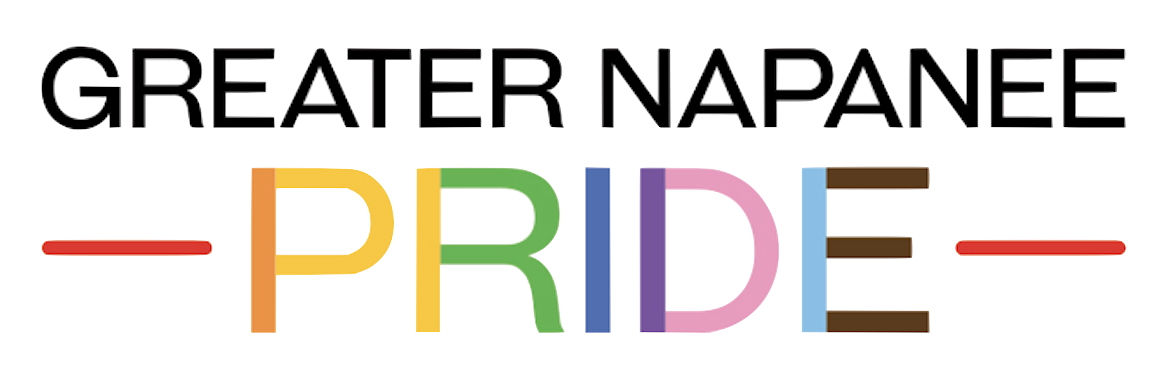Pierre’s True Colours and The Evolving Landscape of 2SLGBTQIA+ Rights in Canada
In 2005, when Canada embraced nationwide same-sex marriage legalization, only 52% of Canadians supported the idea of marriage extending beyond traditional heterosexual unions. Similarly, in 2008, when the Truth and Reconciliation Commission aimed to address the legacy of residential schools and Indigenous mistreatment, Canadians were divided on the necessity and effectiveness of these initiatives.
Fast forward to 2017, when Minister Wilson-Raybould introduced Gender Identity or Expression Protections to the Canadian Human Rights Act and the Criminal Code. This aimed to shield individuals from discrimination and hate crimes based on their gender identity or expression. However, only 40% of Canadians agreed that transgender people should use washrooms corresponding to their gender identity.
Recently, Pierre Poilievre tweeted, "Canadians support Premier Smith's common sense protections of children. Trudeau must butt out." This was based on a poll suggesting that nearly half of Canadians support anti-trans policy. He’s referring to Alberta’s proposed changes to transgender policies that, despite the lack fo current evidence indicating a problem, Smith admitted was driven by a “concern of what will happen.”
Human rights should never be dictated by popular opinion or polling data. The fundamental principles of equality, dignity, and respect should guide legislative action, ensuring that all individuals are afforded the same rights and protections, regardless of public sentiment. While public sentiment may sway on certain issues, it's crucial to recognize that human rights should never be subject to majority opinion.
Historically, it was transgender individuals, particularly trans women of colour, that have paved the way for progress in the broader 2SLGBTQIA+ community. From the Stonewall uprising to lesser-known but equally significant events like the Compton's Cafeteria riot and the Cooper's Donuts riot, transgender individuals have been at the forefront of resistance against discrimination and police harassment.
Similarly, the bathhouse raids in cities like Toronto and San Francisco targeted 2SLGBTQIA+ spaces, leading to widespread protests and galvanizing the queer community in the fight for equal rights. Transgender activists and allies played crucial roles in these protests, challenging societal norms and demanding recognition and respect.
It’s been their activism and advocacy that has helped expand the boundaries of gender identity and sexual orientation, challenging rigid binaries and fostering greater inclusivity within the queer community.
With legal precedents set by the recognition of same-sex marriage, opponents of 2SLGBTQIA+ rights have shifted their focus to challenging transgender rights through legislation, litigation, or other means. They have redirected their efforts toward targeting the trans community, seeing trans rights as a new frontier where they can push back against 2SLGBTQIA+ equality efforts. This strategic pivot stems from a desire to maintain traditional gender norms and resist societal changes that challenge binary understandings of gender identity. As 2SLGBTQIA+ visibility and acceptance increase, so too does the urgency among opponents to counteract this progress.
Pierre Poilievre doubled down after his Danielle Smith tweet and stated that he backs banning trans women from women’s sports, changing rooms and bathrooms. These comments underscore the importance of remaining vigilant against attempts to undermine the rights of marginalized communities. It is essential to remember that the struggle for equality and justice often faces resistance from those who seek to maintain the status quo or advance discriminatory agendas.
Rather than succumbing to the pressures of public opinion polls, policymakers should uphold the principles of human rights for all individuals. Moreover, it is imperative for political leaders to engage in meaningful dialogue and education to challenge misconceptions and promote understanding and acceptance of transgender individuals within society. By fostering a culture of inclusivity and empathy, we can create a more equitable and compassionate society where all individuals can live free from discrimination and prejudice.
